Asunto
Our life afloat on a boat
Sailing Trips
Sailing, sailing, sailing That’s why we live the life we do, so that we can untie the lines and explore the world in our own backyard. From Sept 2015-October 2016 we sailed with a 2 year old and a baby from Vancouver to Mexico, across to Hawaii, across to Alaska and then down, Read More
Oh right the rollers…. I would love to hear a foghorn all night if it would mean these rollers would stop. We are anchored to the west of the pier at Santa Cruz. What a neat spot. Just a few kilometers towards shore we can watch the surfers from the boat. But oh the pitching and rolling….
Trying to take the dinghy to shore turned out to be quiet the story. We brought it into the beach on the east side of the pier, and the pier was dampening a lot of the waves. The beach landing worked great- we raced the dinghy up the shore on the wheels. But we couldn’t get it far enough up to get out of the waves. It was quickly clear that we could leave it here. Turning around we battled the surf to get back floating, not an easy feat. Once Kolby was puttering away- heading back to the boat to pick us up later- a lifeguard swam out to him. “You can’t use your motor within the white markers!” “What white markers?” Kolby asks. The lifeguard looks around “Oh, I guess they just removed them! Do you have a paddle?” “Yes but… I would rather not paddle this beast of a dinghy.” “Ok I will tow you!” replies the lifeguard as he grabs a line and starts swimming. Kolby of course can do nothing but grab a paddle and help. The two lifeguards on the pier see what is happening and figure Kolby is having engine problems. They run down to the public access dock, which is covered with sea lions, and start to (unsuccessfully) clear the beasts off. “Umm I can just drive away now …” Kolby calls out between roars of protesting sea lions.
We did in the end use the public access dock for loading and unloading at the pier, stepping around the sea lions. There is a sign the reads “Dock is for public use. Please prod sea lions off the dock as needed.” It also says 20-minute maximum stay. I don’t think it would be a good idea to leave a boat here anyway, unless you are cool with a sea lion party in the dinghy. The only safe place to leave the dinghy is in the yacht basin. This place is worth checking out, just to watch the boats surf into the harbor. The huge breakwater stops the surf from breaking at the entrance but the waves can still be pretty big. It is definitely a timing game, waiting for a lull then gunning it. On our first trip in we had four dolphins mucking about at the entrance, which was really fun. There is one dinghy dock here, just behind the fuel dock and the ramp leads to the Market. You could leave your dinghy here for the day and visit the beach or the roller coasters at the boardwalk. There were also a few restaurants at the basin serving up some pretty tasty looking breakfasts. There is a free barge that will take you form one side of the harbor to the other and a dog friendly beach by the breakwater. On the way out of the harbor we actually were airborne as we came off the top of a particularly large wave. Fun!
At this time I didn’t realize what a gem the anchorage is at Halfmoon Bay. Tucked into the calm waters behind the huge breakwater, we watch an amazing sunset just after dropping the hook. As darkness fell I cursed the incessant fog horn, wishing for quiet. It was reaching me through my sleep morphing into all sorts of strangeness that only occur in dreams. The next morning was a boat job morning. Kolby finished the water maker membrane install and I replaced another panel on the dodger with new Lexan. The town itself is a ways back from the water but the marina has a two hour public dinghy dock, which has become a YIPPEE. The rocks protecting the marina were covered with thousands of pelicans. I thought sea lions smelt bad- these birdies win hands down. There is a nice beach just outside the breakwater where you can enjoy the sand and watch the surfers catch a wave. Looking west you will see the large dome shaped antenna, just on the other side of the cliff is where the Mavericks occur, attracting surfers from around the world to challenge the walls of water (and the great whites). Something to keep in mind before heading out of the protected breakwaters! We heard of one sailboat who tucked their nose out, got whacked by a wave, smashed their dishes and promptly turn back into the bay!
For the Northern Sailor heading south, San Francisco marks the first ‘made it’ point. Some choose to sail non-stop to the Golden Bridge while others ‘bar hop’ their way down the coast; either way this is the first real destination.
So you made it, you’re here – Congrats! Now what?
On Asunto we headed up to 100 miles offshore to make for a great sail down the coast to San Francisco, doing the trip from Vancouver in 6.5 days, including a half day stop in Port Angeles to clear customs. For Asunto and her crew, we decided we wanted to spend the first few nights in the city itself. This was a great way to feel connected to San Fran and for the crew to check out the city before flying home. The marina at Pier 39 offers transient moorage for $60 (for boats between 40-70 feet) and you cannot be more in the heart of the chaos than here. The infamous sea lion dock was directly astern (and happily downwind) of Asunto. They also have showers/ laundry and wifi in the lounge. (Want to stay in the city for free? Apply for a permit at the Aquatic Park, see bottom for details). After a few nights in the city we headed to Oyster Point Marina, which is only a 10-minute drive to the airport and offered moorage at $0.70/foot. The marina also had showers and amazing wifi, which we made good use of. Here we sent our crew on their way and Kristine, Fynn and Kyber arrived home. After a night to settle in, it was time to go.
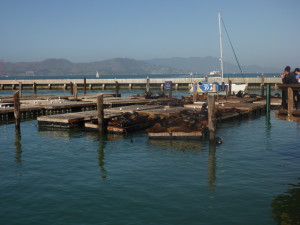
We are, by nature, not ‘dockers’. So immediately we started looking for places to anchor in the Bay area. Admittedly we were surprised at the lack of options. The Bay really is a day sail area. We found a great resource at www.boatingsf.com, which had heaps of info on marinas, places to anchor overnight and lunch stops. Using this as a guide we headed for Clipper Cove on Treasure Island. Clipper Cove is a large bay with a shoaling entrance right at the Bay Bridge. It is shallow enough that were restricted to coming and going with high tide (our draft is 5.5”) as we saw 7.8” at high tide. The Bay itself is moderately exposed to a westerly wind and would probably get a bit rough in winds over 30 knots. San Fran Bay consistently has winds around 20 knots in the afternoon, starting around 1pm and dying off during the night. The mornings are calm and occasionally foggy. Clipper Cove was a mud/sand bottom with good holding. There is a sand beach at the head of the bay where we could anchor the dinghy off the beach, tied to a log. We were unable to get our (big heavy) dinghy up the beach with the wheels due to the steepness of the beach. There are stairs up to the road and you can walk towards the man made island of Yerba Buena, built in the early 1900s. Note that there have been reports of dinghy theft here, so it isn’t recommended to leave your dinghy for extended periods of time. The walk is a great way to see the San Francisco skyline on a clear day or night. We didn’t find much else here to do, but the beach was nice.
From Clipper Cove we headed to Angel Island, which is a park. The main bay is Ayala Cove and is a mooring field. We were completely unfamiliar with this style of mooring, which is to grab a mooring buoy off the bow and stern. We watched a few local boats who made it look much more feasible than what we were doing. After about 40 minutes of maneuvering with the dinghy we were finally tied up, only to realize we were in 9 feet of water and the tide was dropping 5 feet over night. The bay itself was getting quite full and was still wavy/rolling from passing boats. We piled into the dinghy and were about to hop on the public dock (not for overnight stays) when we saw the big NO DOGS sign. Well that was the end of Angel Island for us. There are two other bays to anchor in on Angel Island but they both looked very exposed and the waves were crashing on shore, making a beach landing tricky.
From our failed attempt at Angel Island, we headed to Richardson Bay off of Sausalito. This was another rolly anchorage but good holding in mud. It is also a busy one with a mix of locals, derelicts and cruisers. There are two dinghy docks on shore, the public one at the boat ramp at the bottom of Pine Street, which is very busy; and a quieter one that is provided by a Liveaboard marina at the bottom of Napa street (near the Sausalito Cruising Club) a 10 minute walk away. This dock was mostly empty, but the gate is locked at night.
After anchoring all around the bay, it was time to head back to the city for some tourism. This time we opted for the free anchorage at the Aquatic Park. The park is open to sailboats only as there is technically no motoring in the Park (with the exception of motoring to anchor and using your dinghy motor to access shore). The Park is a very busy swimming hub with two ocean swim clubs operating off the shore. Apparently the two clubs are differentiated by attire; one club the swimmers wear wetsuits, the other is bathers only. There are a few mooring buoys, but these are for park use only, so find a spot to drop the hook. In the summer months this busy is hopping but in the offseason (we were here early October) it was quiet enough. The anchorage is protected by a pier/breakwater, but at certain tides the breakwater is submerged and the place gets quite rolly. Of course all free things come with the price. This price was nowhere to put the dinghy. After exploring every inch we found three options: 1) On the main public beach, which is very visible and has lots of kids around (who may climb on your dinghy) 2) on the small public access beach to the east of the Dolphin Swim Club. This is less public but the waves were bigger 3) on the west side of the white building tucked into the west side of the park. This is a youth marine training building. We opted for this location. On the west side the breakwater has a level platforms that you can step onto from the dinghy. This is easy enough for loading and unloading people, kids and groceries. The spot is also less visible for the public so you are less likely to get unwelcome guests on your dinghy. After unloading we tossed the stern anchor (attached to a long bungee) to keep the dinghy off the bottom and tied a long line to shore, such that the dinghy was floating 15 feet off the breakwater. We left the dinghy here for 6 plus hours as we explored the city without incident.
Of course there are other places to go and visit while in the Bay, but hopefully this information will prove helpful for at least one fellow cruiser!
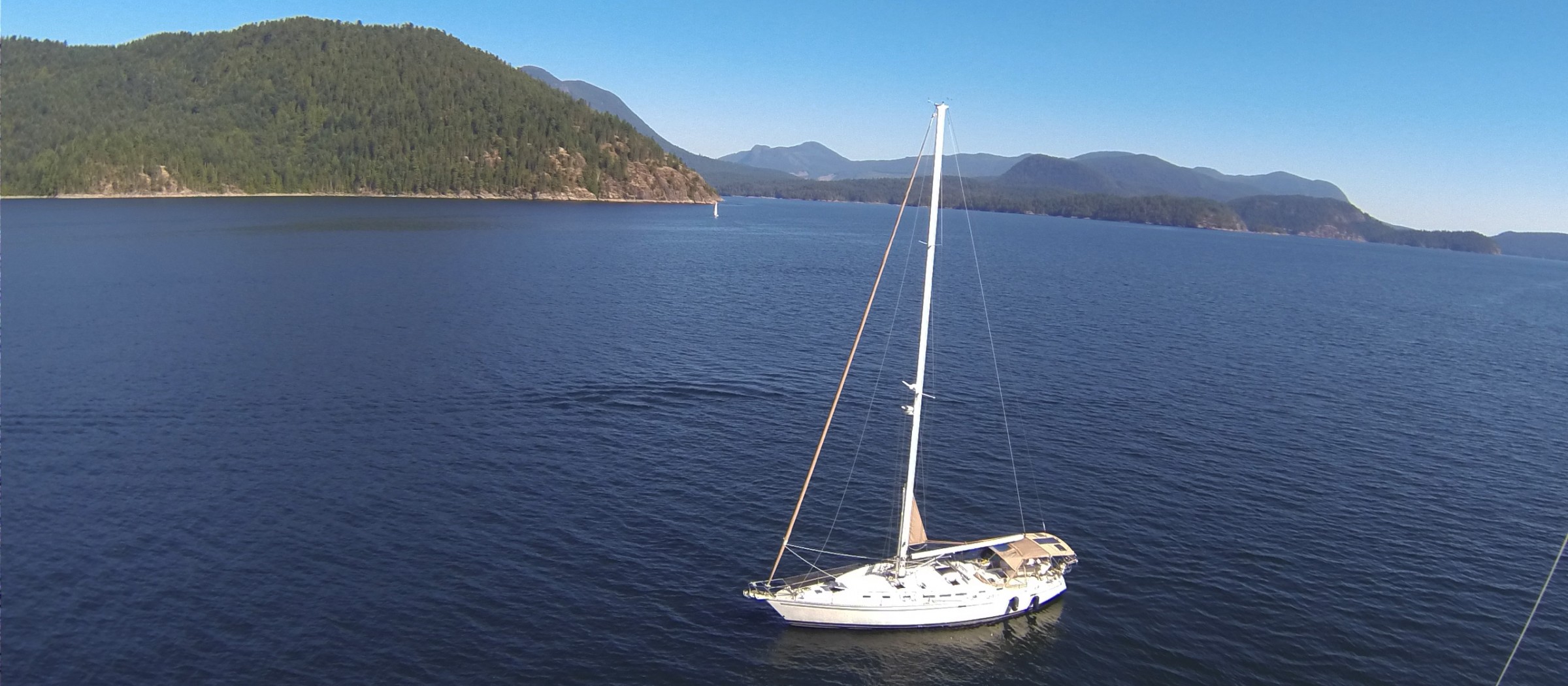
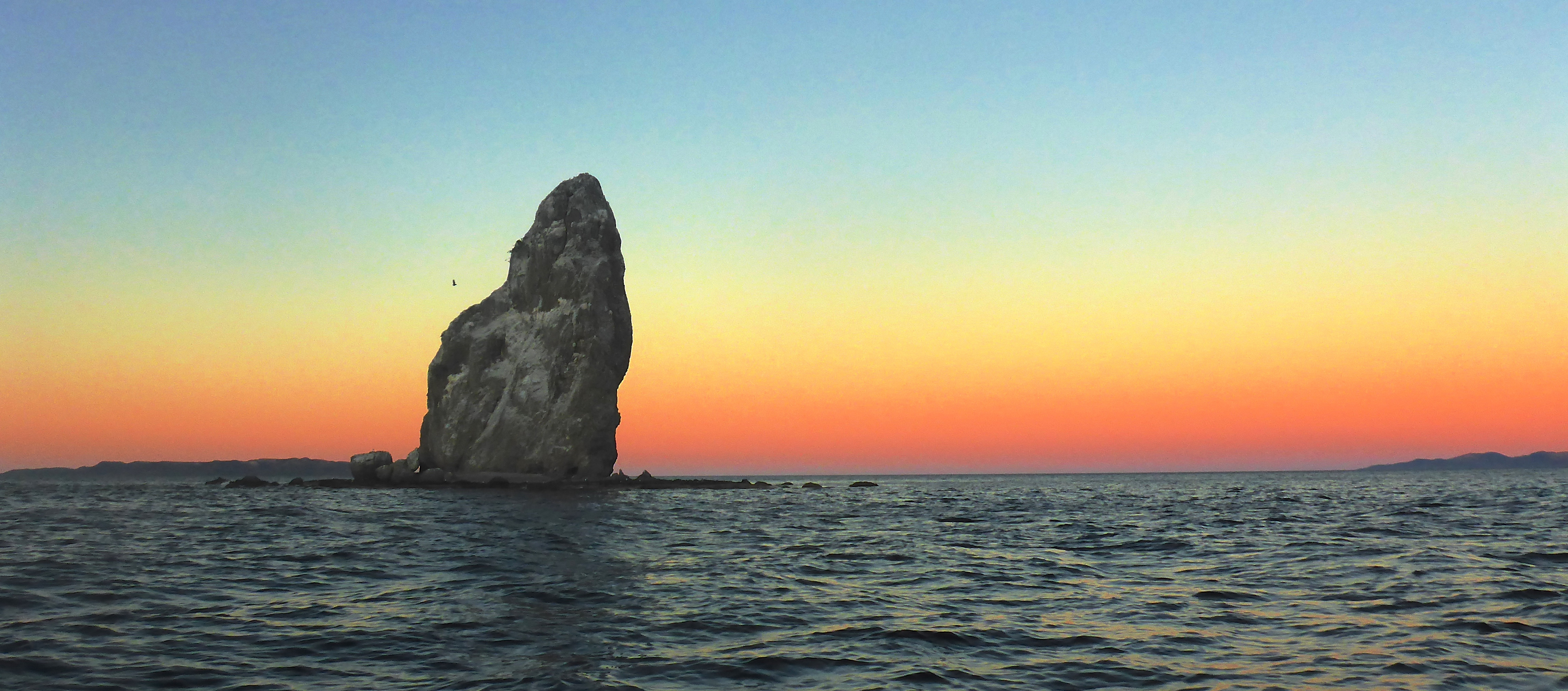

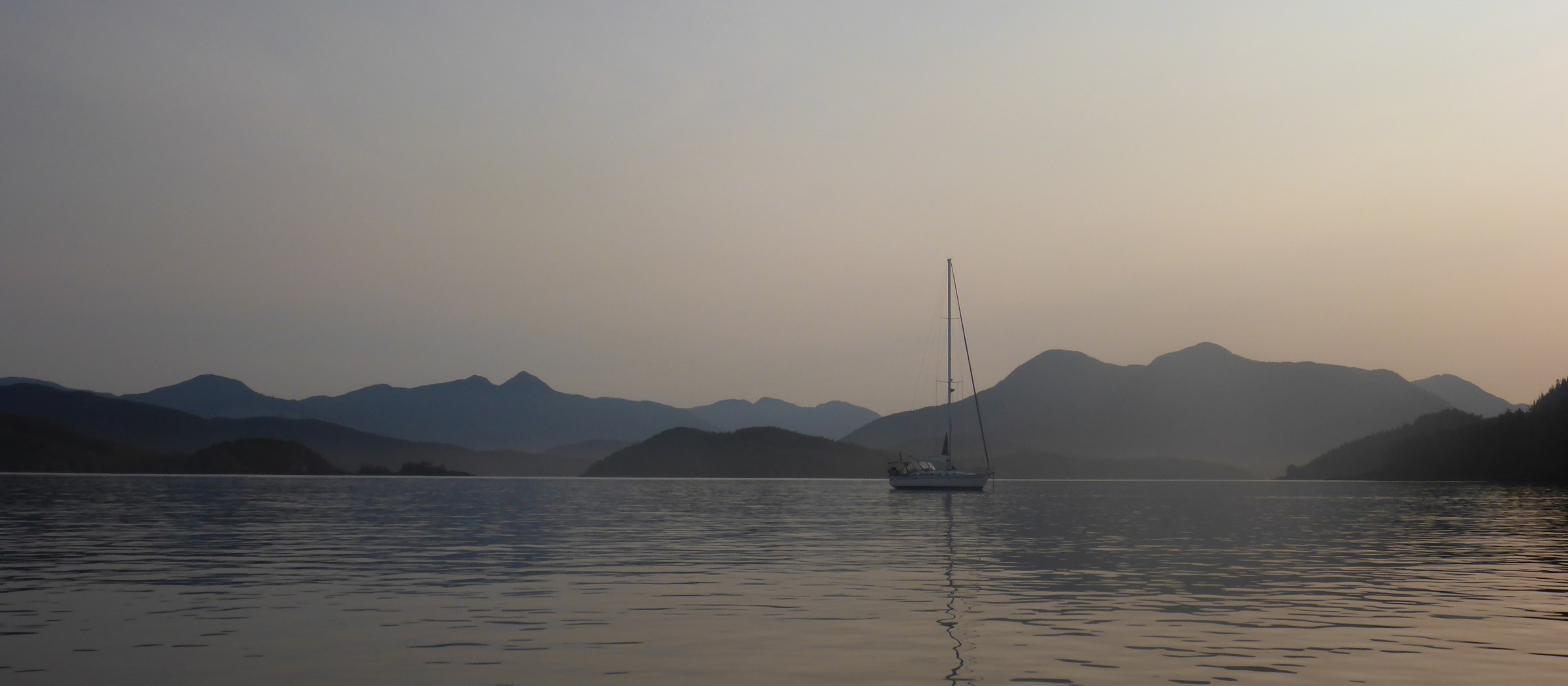
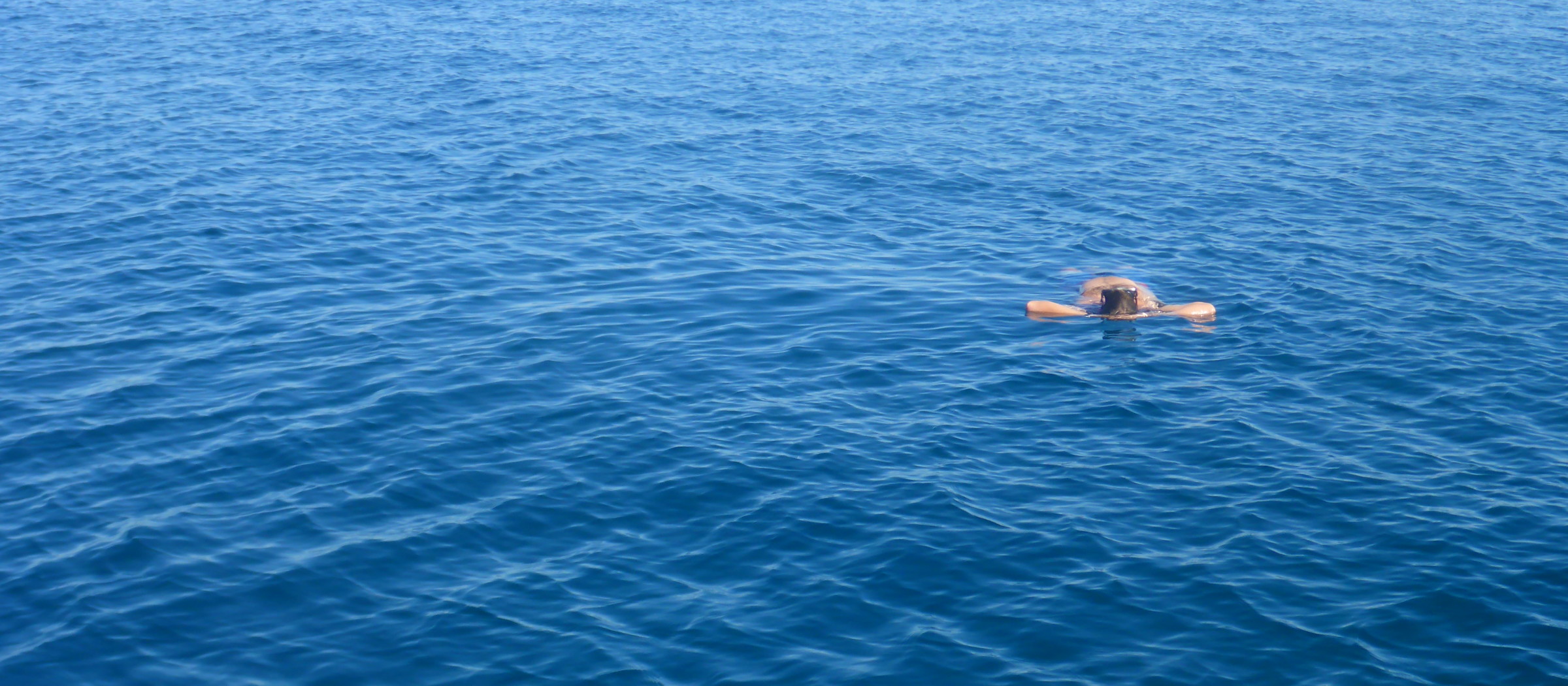
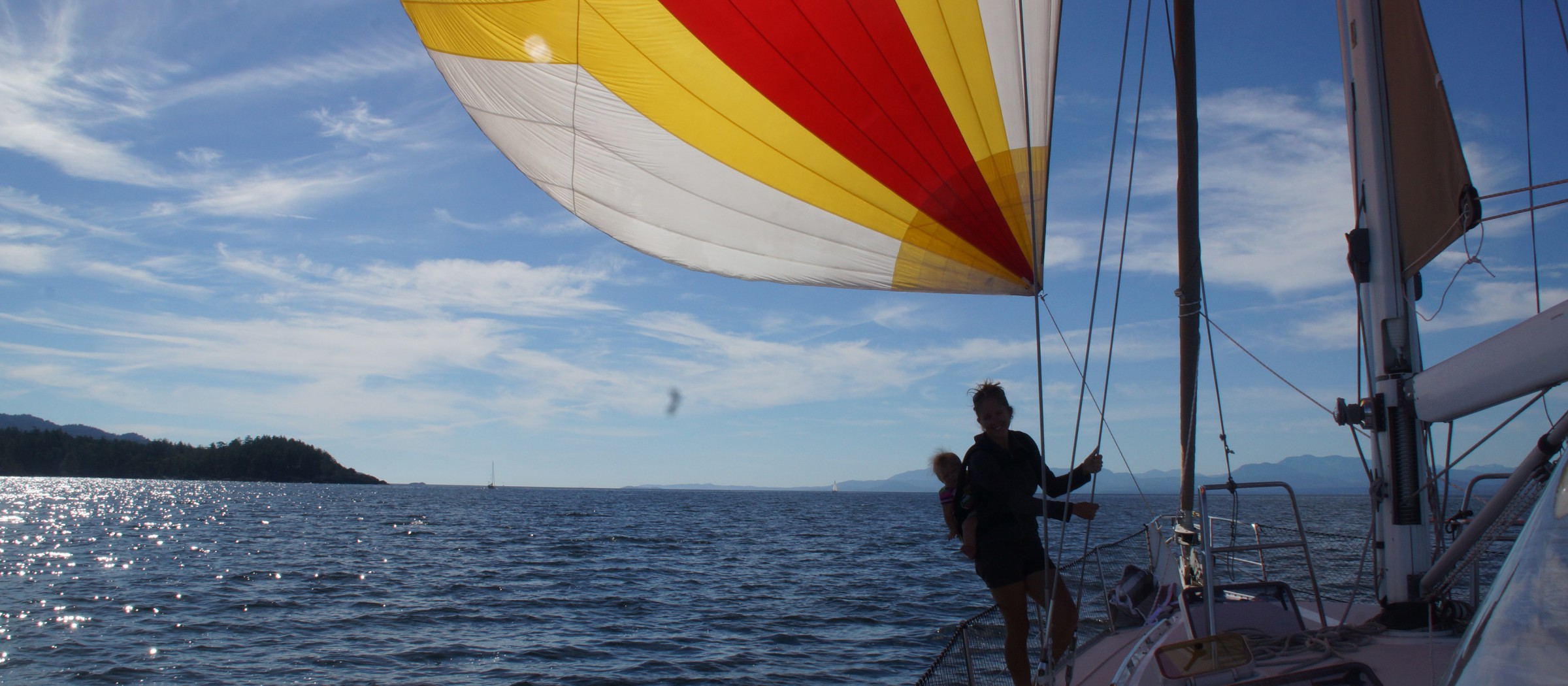
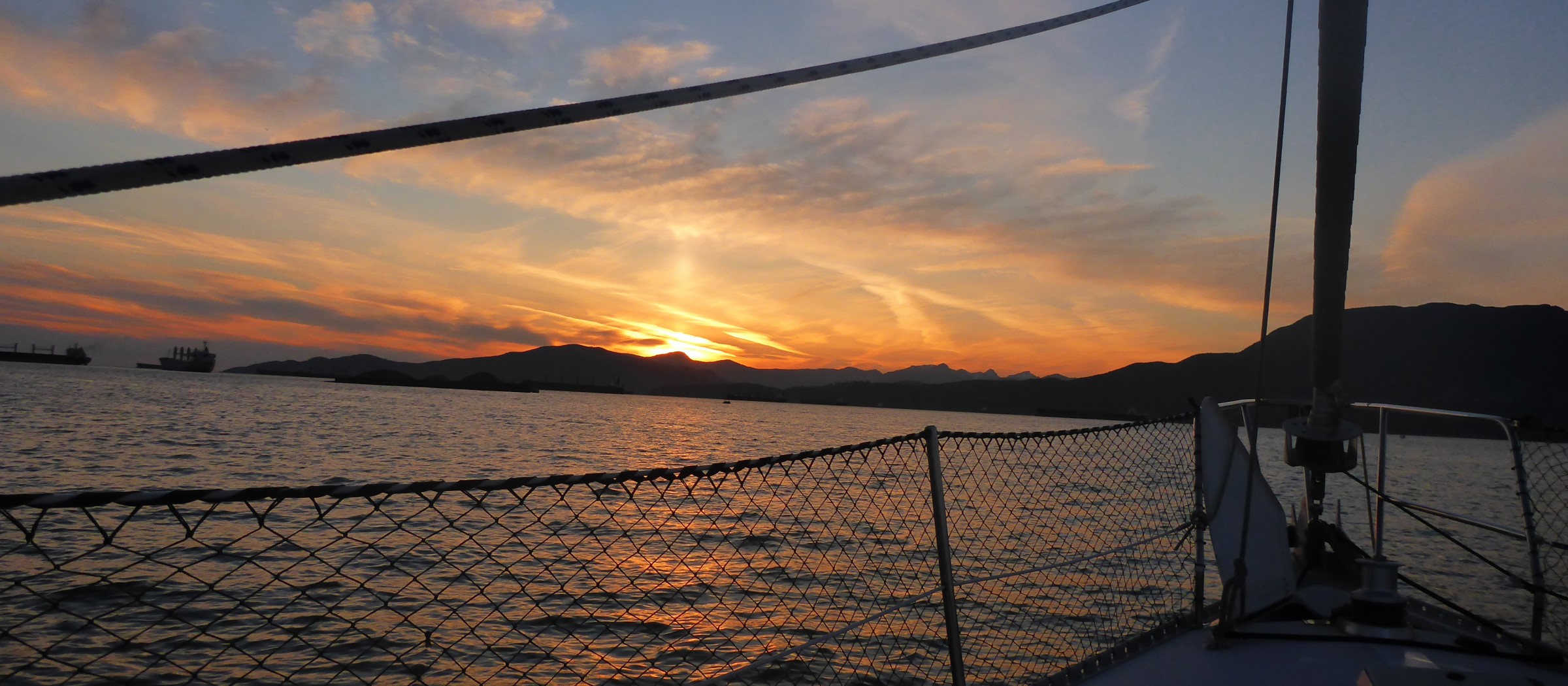
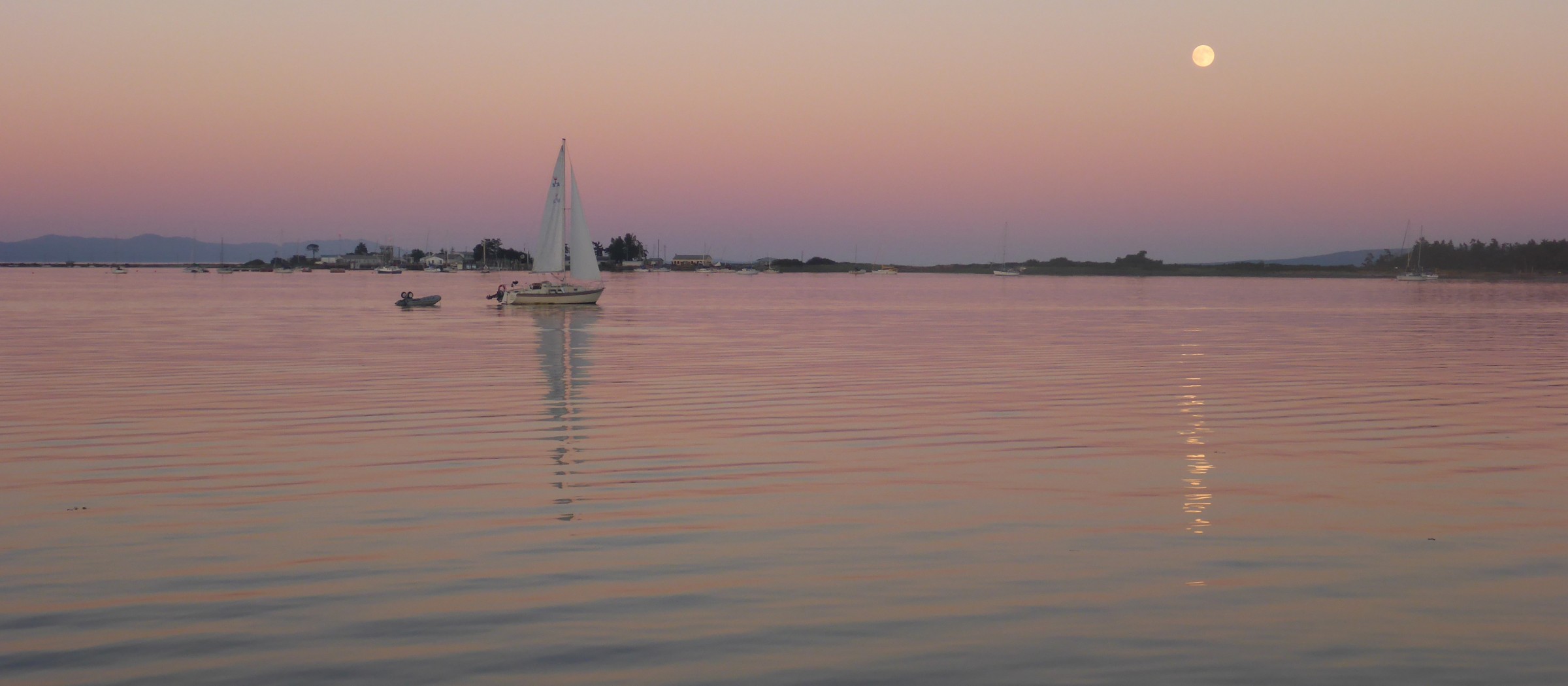
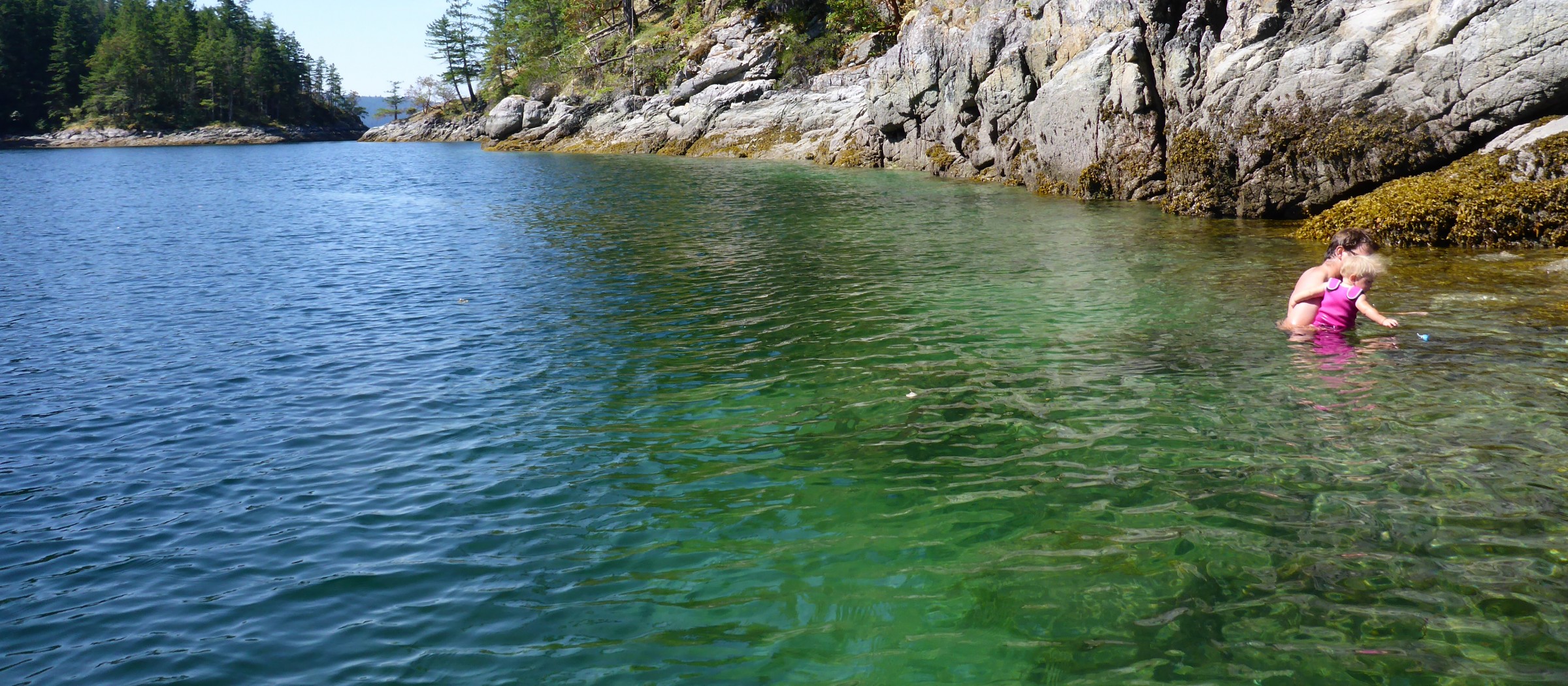
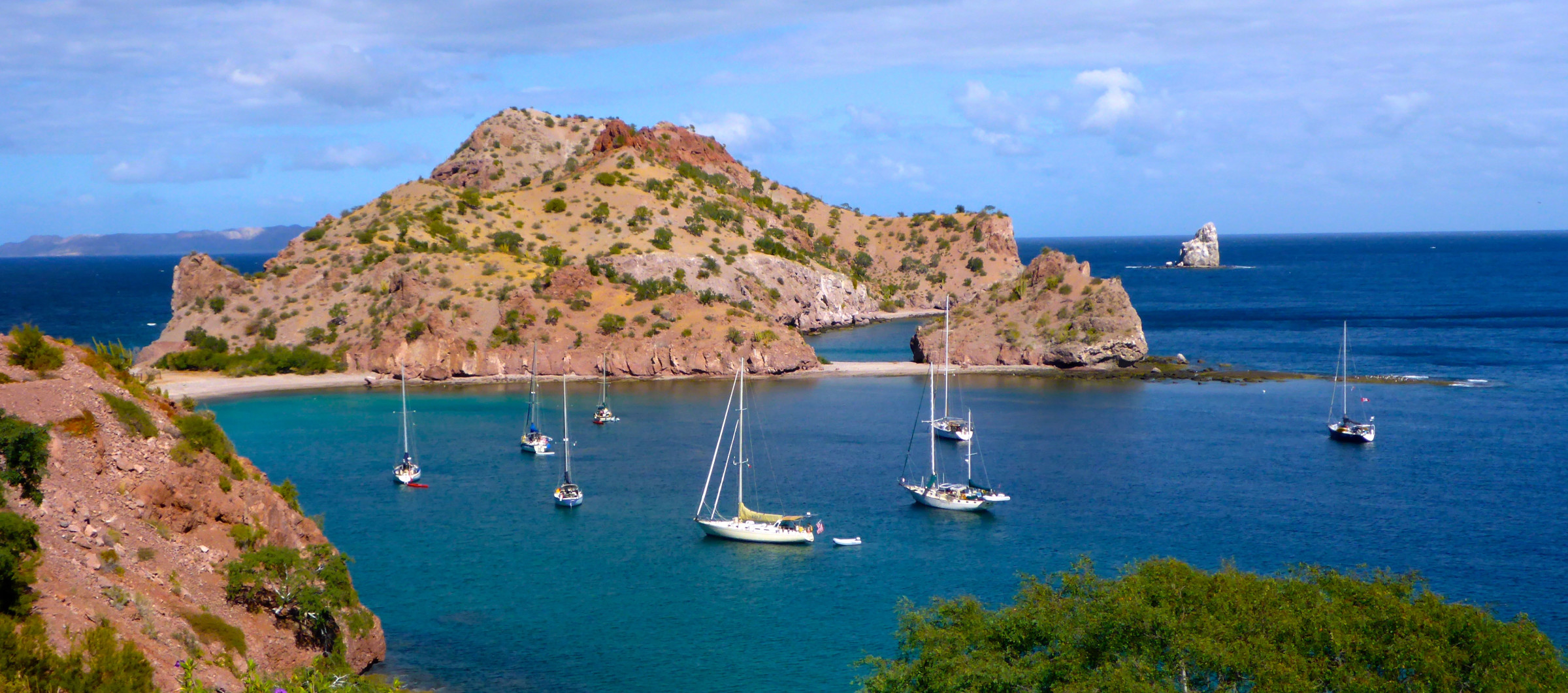
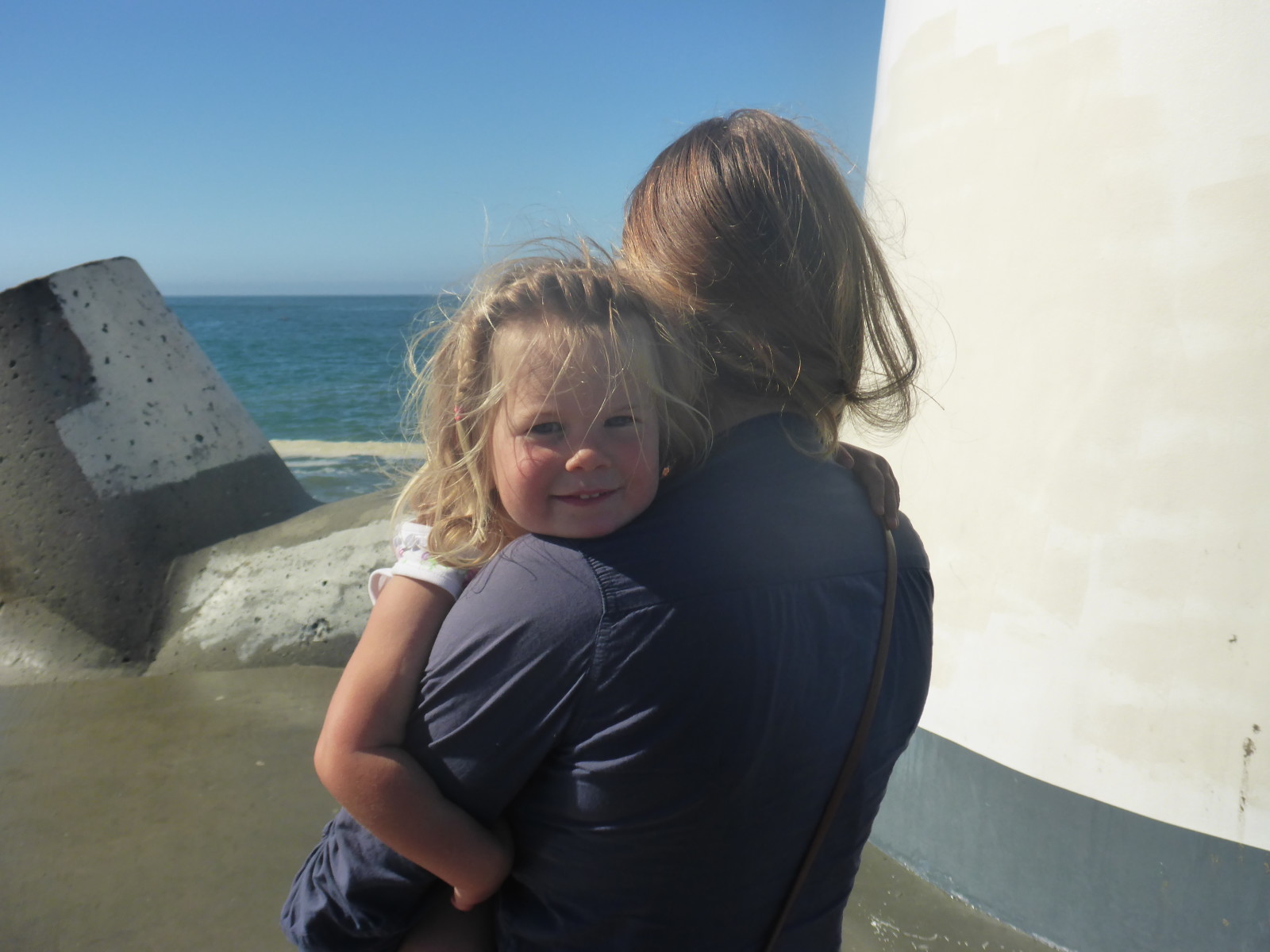
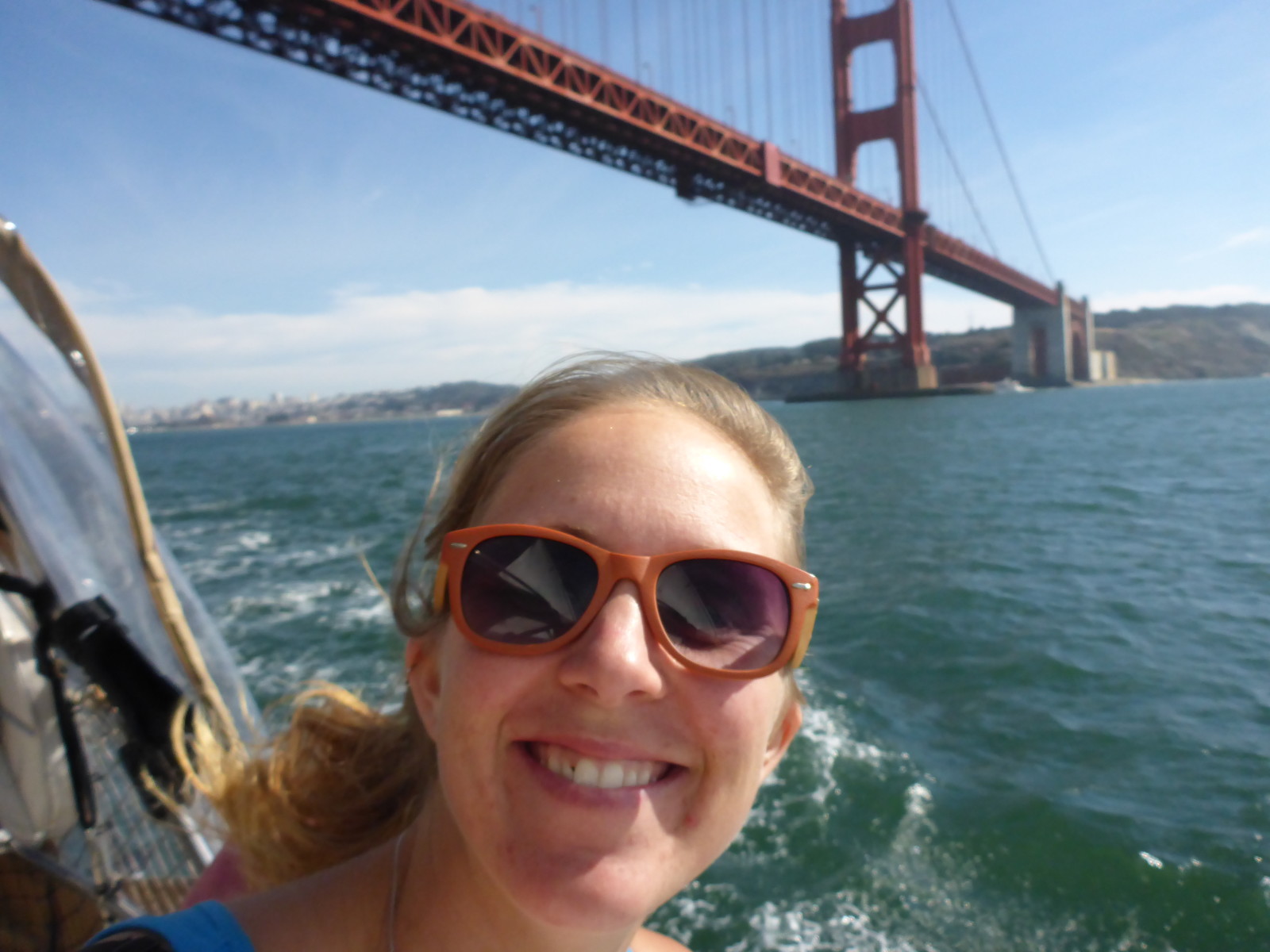
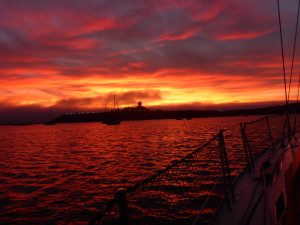
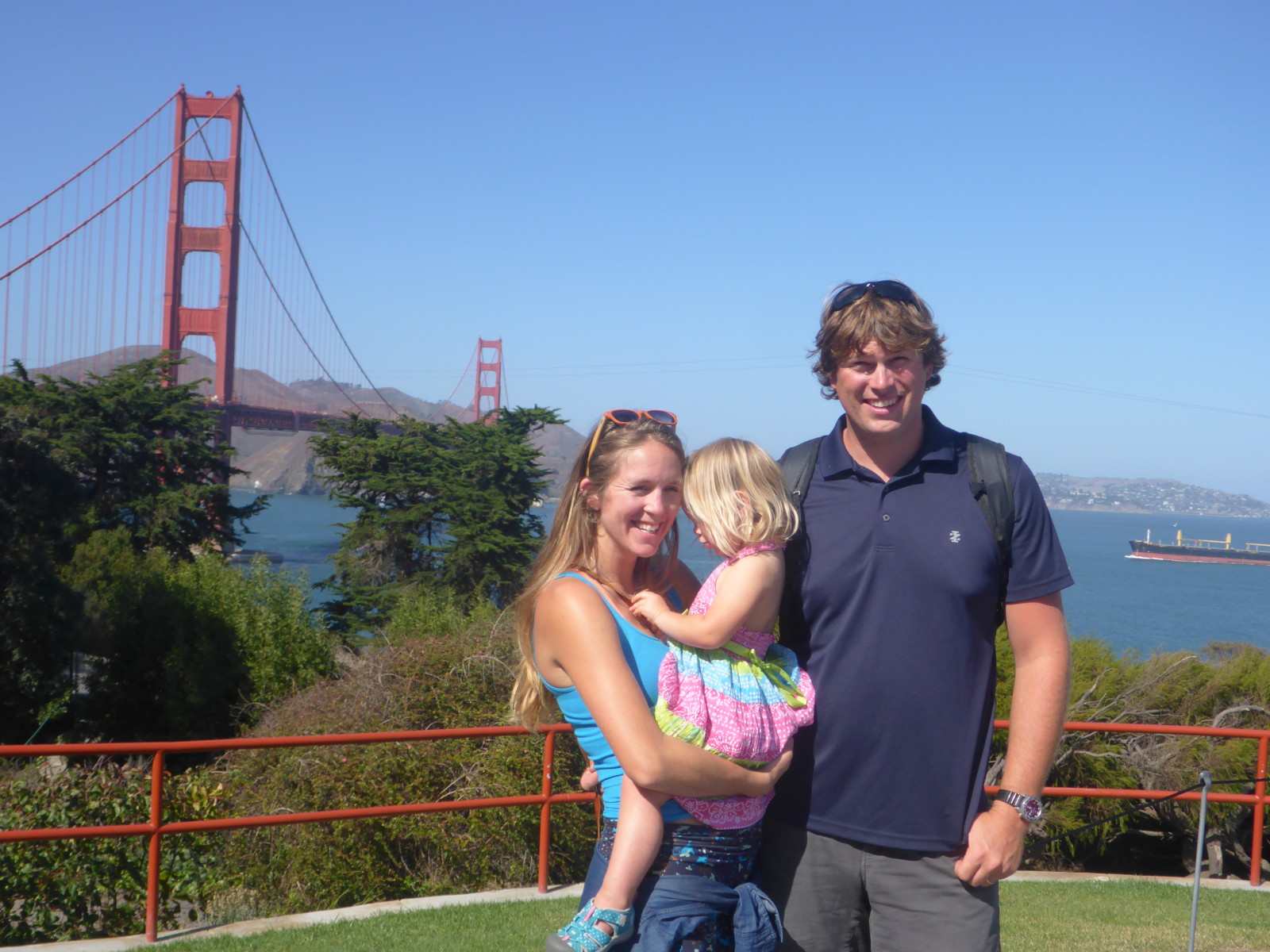
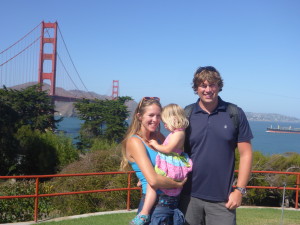
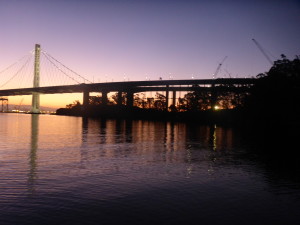
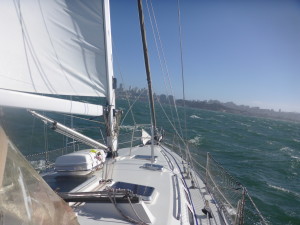
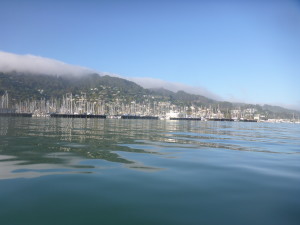
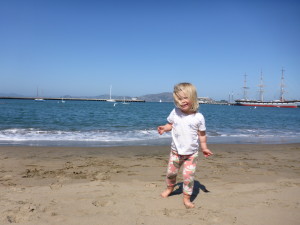
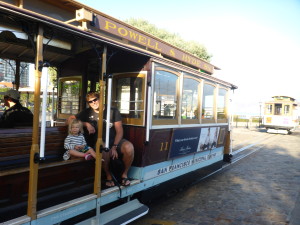
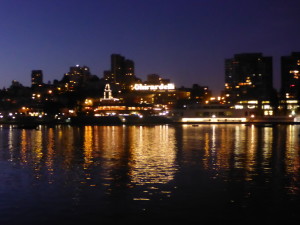
Recent Comments